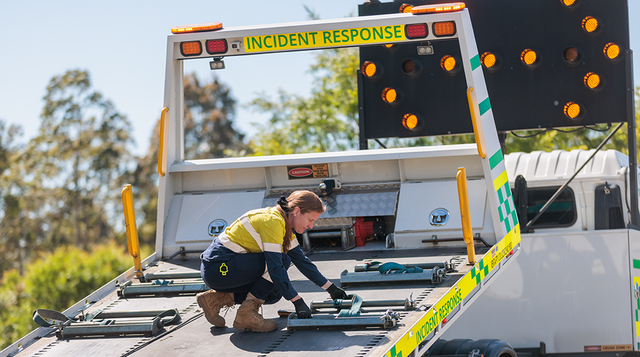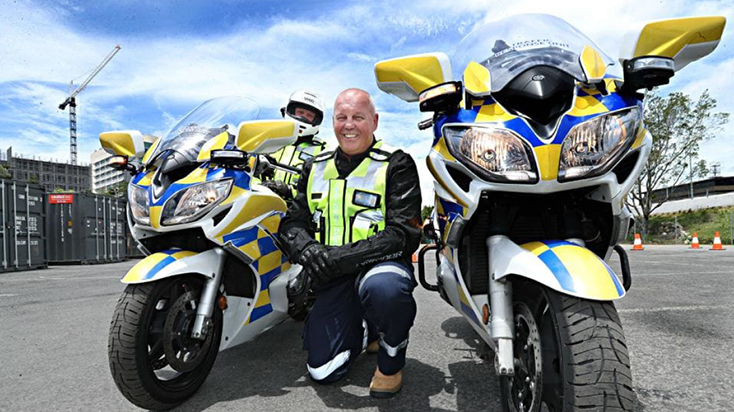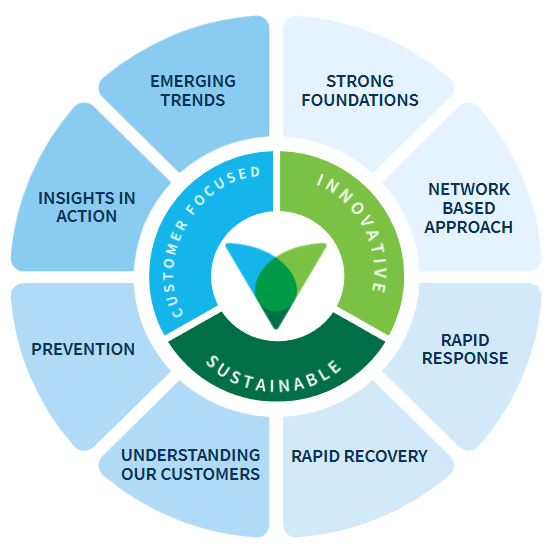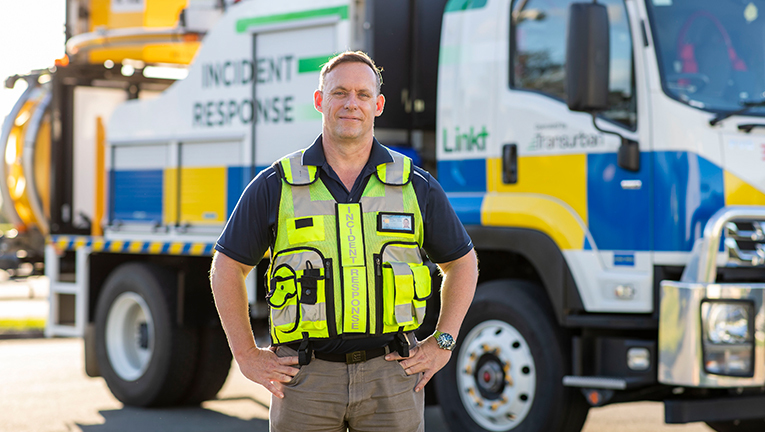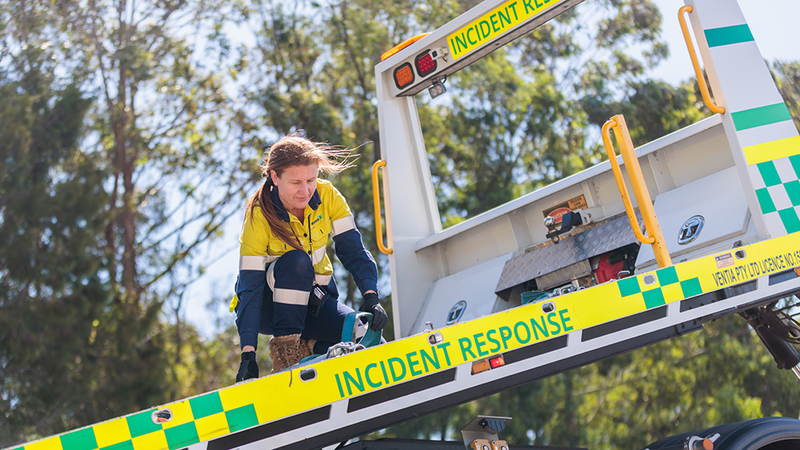Traffic incidents can severely disrupt road operations - causing delays, increased emissions, and financial losses for freight operators and local businesses. Quick, effective incident response is essential to restore safe traffic flow and minimise these impacts.
Ventia delivers rapid clearance through well-defined traffic control, active direction, and streamlined recovery procedures. Our approach ensures both safety and movement, using best-practice technology, specialised equipment, and rehearsed scenario-based protocols to restore infrastructure performance efficiently.
We’ve established quick clearance targets and rapid recovery systems that enable timely, accurate, and safe incident resolution. Our services are strategically expanded to cover high-risk traffic areas during peak periods, ensuring fast attendance and minimal disruption.
Enhanced clearance is supported by:
• Incident detection technologies
• Improved data sharing between responders
• Increased coverage of cameras and variable message signs across major routes
By prioritising speed, coordination, and safety, Ventia helps get traffic moving again - reducing congestion, emissions, and economic impact.
Ventia has established quick clearance targets and rapid recovery systems, procedures and processes which provide appropriate, accurate, timely and safe incident clearance and recovery.
